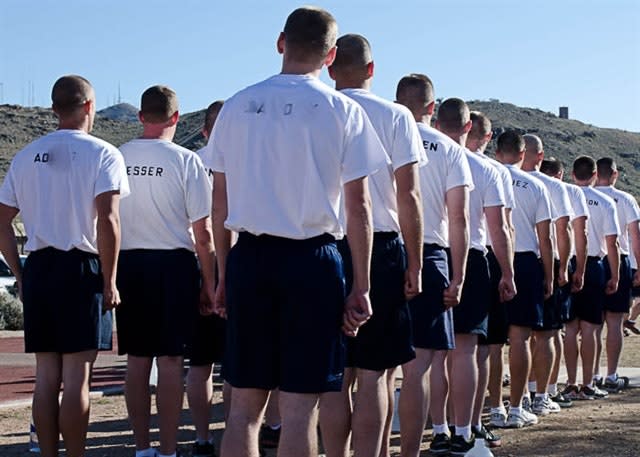The recruiting function for the PSP is responsible for who shows up to take the physical fitness test. Clearly, there is a greater percentage of men showing up that can pass the fitness test than the percentage of women showing up who can pass. That’s not discrimination, that’s reality. The PSP should look at what they are doing, or not doing to get this collective pool of candidates to the testing process. I doubt it will be an easy answer, but it is clear to me that the solution may lie in the recruiting. It’s certainly not the fitness standards, as we know that bar is not set very high.
Fitness standards should not be lowered to accommodate anyone, male or female. The job is the job and the physical requirements are the same for men and women protecting the community. It’s absurd to propose that women will have an easier time of it on the streets so they can be less fit. That’s like saying the fat officer is jollier, therefore, they don’t have to be fit because they can laugh their way out of a physical confrontation. It’s absurd. Everyone does the same job, everyone has the same fitness standards.
The testing standards the PSP uses are not that difficult and I doubt that’s the real problem here. The standards are actually easier than some fitness testing standards for local agencies in that state. So what is the problem?
But back to the dilemma facing the Pennsylvania State Police. They have a lawsuit to deal with. An unnecessary distraction, but they should have seen it coming. They should have had looked at those glaring percentages and try to figure out how to address the disparity. All agencies should do that. It’s unfortunate that the Pennsylvania State Police have to bear the burden, but you can rest assured that the results of this DOJ debacle will be a learning opportunity for many other agencies.
I don’t know what will come of all this, but the Pennsylvania State Police will have to do something. Is it in the recruiting section or in the testing, or both? Either way, everyone should take note of what is happening to the Pennsylvania State Police. Look at your percentages of men and women who are successful in your process. Look at all the demographics, not just sex. Look to see if there are any glaring percentages that may show a problem. Then, look at the entire system from the recruiting efforts, to the application and testing process and beyond, to field training, and retention. The numbers won’t lie and they shouldn’t be ignored.














